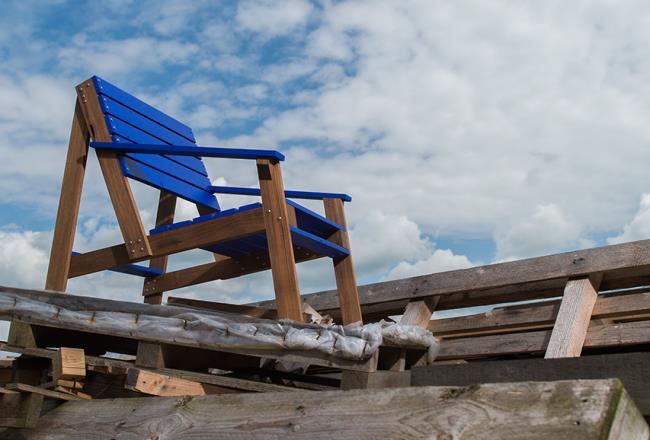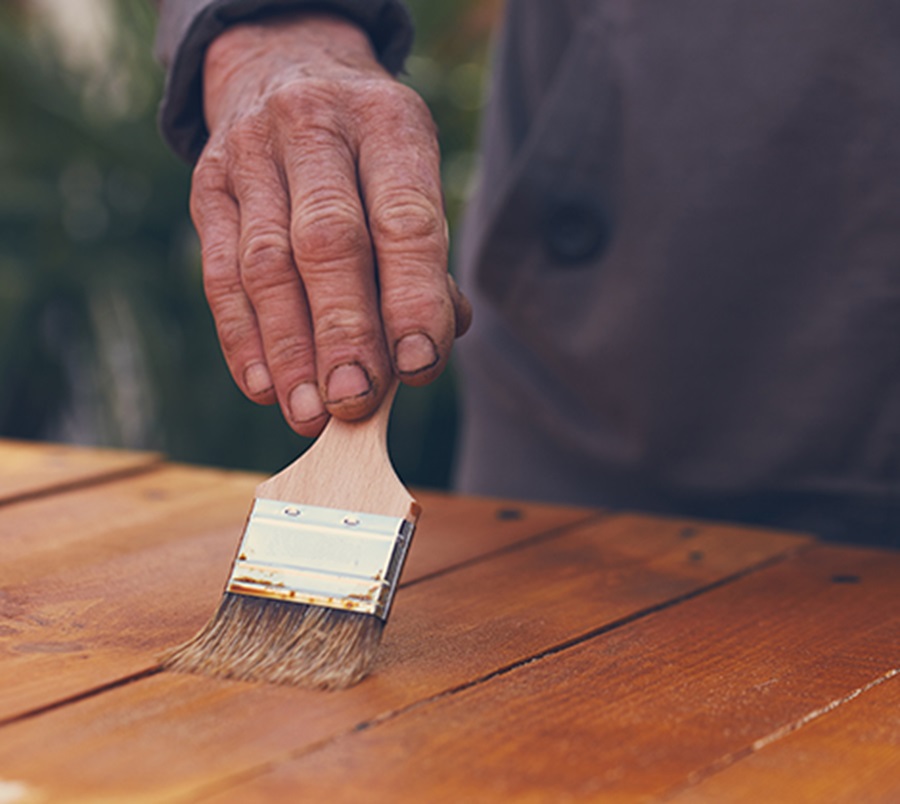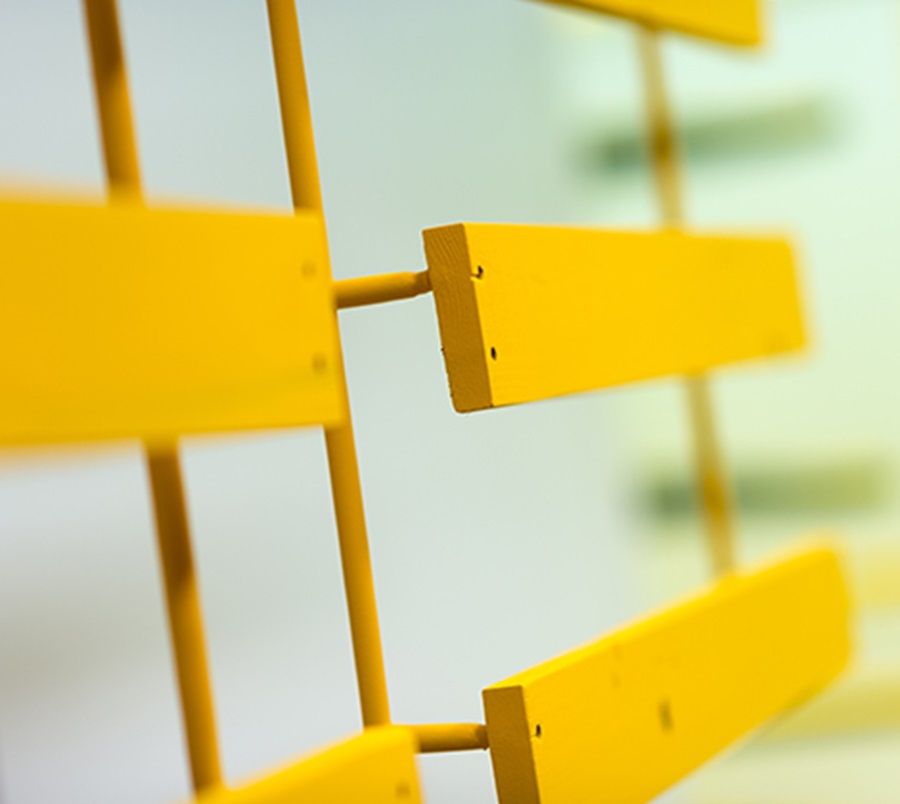
Wooden garden furniture with coating that lasts up to 20 years
Trials with linseed oil

Success with powder coatings
"Amazingly, the day after we discovered that linseed oil was not viable, I stumbled across an article on the internet about Covestro's work in powder coating resins – and the latest breakthrough in relatively low curing temperatures. This low-temperature curing meant that it could be applied to my pallet-wood furniture.
What's more, the performance characteristics of this powder coating – in terms of scratch resistance, humidity resistance and chemical resistance – meant that it would significantly prolong the furniture's lifespan. So I immediately contacted the relevant departments and started tests with Jos Verlaak, Covestro's New Business Development Manager."


Frequently asked questions
How do we spray powder on standard 'non-conductive' MDF?
For application of the powder, moisture within the MDF is used for conductivity. A moisture content of 4-8% of total weight is sufficient to attract the powder.
Do we require special MDF for powder coating?
No special MDF is needed for powder coating – although there are differences between available qualities and types.
We advise evaluating the type of MDF you intend to use before making your products.
Further, we recommend a conditioned storage area to control the MDF's moisture content.
Is the oven I use for powder coating metal suitable for curing MDF too?
Most conventional curing ovens are convection ovens. Best results for MDF are reached with infrared radiation (IR) ovens.
With IR ovens, the MDF's surface can be heated quickly to cure the powder coating, while its core stays relatively cool.
With convection ovens, temperatures are often too high, or the MDF's core heats up too much because of the longer period needed to reach curing temperatures.












